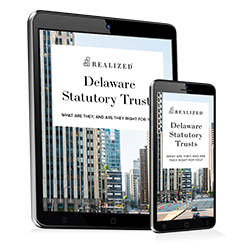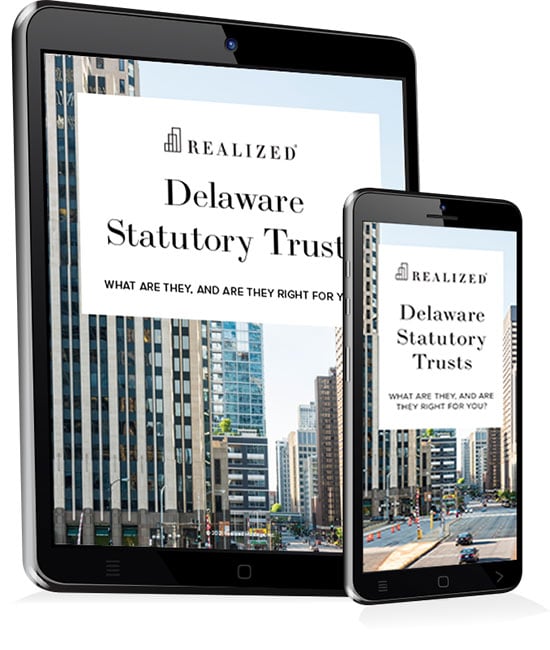Delaware Statutory Trusts (DSTs) are often attractive to investors who want access to significant commercial real estate (CRE) assets similar to those institutional investors own. A DST is created by a sponsor, who identifies and acquires the targeted assets. The sponsor then markets the offering to investors and contracts with a master tenant to manage the property.
The DST Sponsor needs a master tenant because DST rules prohibit the sponsor from renegotiating leases or loans relative to the assets. While most DSTs focus on a specific sector of CRE, such as multifamily housing, office, or retail, each DST may own several properties. DST rules require the trust to regularly distribute at least 90% of its income to the beneficiaries. Since DSTs are pass-through entities, the trust does not pay taxes on the income. Each shareholder (beneficiary) pays income tax at their individual rate.
When will the principal be returned to me?
DSTs have a predetermined life. Typically, the period is agreed on from the outset and is often five to ten years. Some DSTs instead have termination dates that depend on achieving specific goals. Either way, the sponsor will notify the trust beneficiaries when the disposition phase begins. Only after the disposition of held property does the DST investor receive the return of their principal.
It’s essential that investors understand that these are not liquid investments. Of course, DSTs, like all other investment vehicles, can potentially lose value. Prospective investors should carefully review the PPM and evaluate the sponsor’s qualifications and track record.
What happens when the DST is terminated?
DST investors can choose the following actions as they prepare to receive their payout from the trust:
- Pay taxes on the capital gain.
- Use the proceeds from the DST to directly invest in “like-kind” property via a 1031 exchange.
- Use the proceeds to 1031 exchange into another DST.
Using a 1031 exchange to both enter and exit a DST is one of the distinct advantages of the investment vehicle. Real estate investors can enter a DST using a 1031 exchange. Investors may sell a direct investment and use a 1031 exchange to invest in a DST. Some of the advantages of doing so include:
- The ability to close the transaction quickly after selling the relinquished asset. 1031 exchanges are governed by tight deadlines, including 45 days to identify potential replacement property and a total of 180 to complete the transaction. Often, an investor can identify and execute a 1031 exchange into a DST within a much shorter time frame.
- The ability to customize the amount. Sometimes, investors may struggle to match the value and debt level of their relinquished assets. Investing in one or more DSTs solves this problem by allowing specific dollar amount investments (at or above the DST minimum).
- The ability to diversify their investment portfolio by choosing DSTs that focus on various sectors and geographic areas.
- The ability to transition from direct management to passive investment while retaining access to income.
DST investors may enjoy access to fractional ownership of properties they could not afford individually. They also benefit from professional management of the property and the potential for reliable, tax-advantaged income and capital appreciation.
This material is for general information and educational purposes only. Information is based on data gathered from what we believe are reliable sources. It is not guaranteed as to accuracy, does not purport to be complete and is not intended to be used as a primary basis for investment decisions. It should also not be construed as advice meeting the particular investment needs of any investor.
Realized does not provide tax or legal advice. This material is not a substitute for seeking the advice of a qualified professional for your individual situation.
No public market currently exists, and one may never exist. DST programs are speculative and suitable only for Accredited Investors who do not anticipate a need for liquidity or can afford to lose their entire investment.



